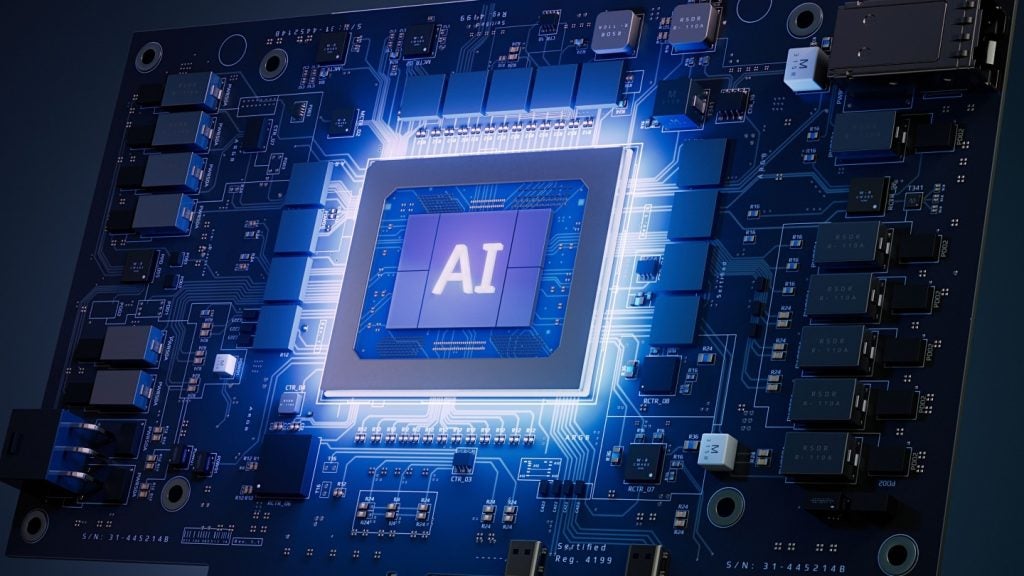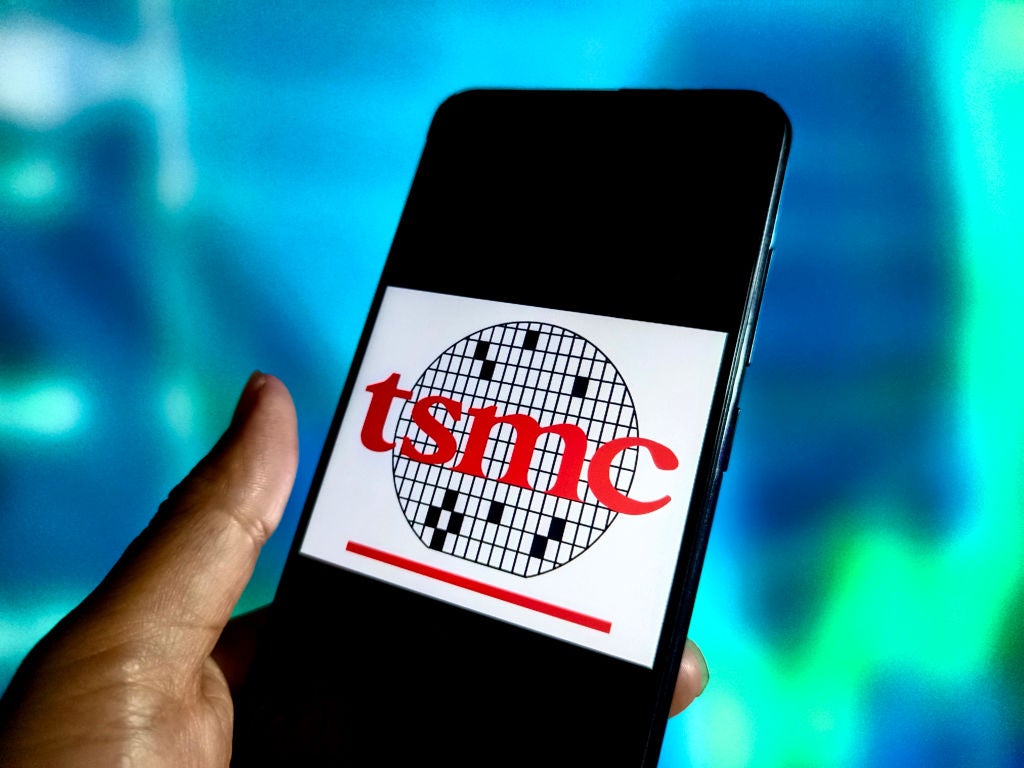
The exploration of space brings with it a growing space economy, with networks of satellites, rocket launchers and more offering opportunities for investments from businesses and nations alike.
GlobalData’s Associate Analysts Jordan Strzelecki and Carolina Pinto and Graduate Analyst Will Tyson dissect key trends in the space economy ahead of the From Space Race to Space Economy webinar on 6th December, touching on technical developments, regulation and satellites.
What is meant by the ‘space economy’, and what is its forecasted growth?
Strzelecki: Space used to be the sole domain of national space agencies, led by NASA in the US and the Soviet space programme. The launch of the first satellite, Sputnik, in 1957 and the Apollo space missions, culminating in Neil Armstrong and Buzz Aldrin becoming the first humans to land on the Moon in 1969 were notable milestones in the development of space exploration.
Now, nearly 70 years after the launch of Sputnik, the involvement of an array of competing commercial companies, backed by billions of dollars of venture funding, has turned the space race into the space economy.
In 2022, the space economy was worth approximately $450bn. Market estimates suggest it will be worth between $760bn and $1trn by 2030.
What have been the key developments in the space economy this year?
Tyson: This year has been notable for developments in the space economy, with several milestones being achieved. With its Chandrayaan-3 mission, India became the first country to land a vehicle near the Moon’s south pole, an incredible achievement considering the area’s unforgiving and rough terrain.
How well do you really know your competitors?
Access the most comprehensive Company Profiles on the market, powered by GlobalData. Save hours of research. Gain competitive edge.

Thank you!
Your download email will arrive shortly
Not ready to buy yet? Download a free sample
We are confident about the unique quality of our Company Profiles. However, we want you to make the most beneficial decision for your business, so we offer a free sample that you can download by submitting the below form
By GlobalDataNASA’s OSIRIS-REx mission also successfully concluded in 2023, collecting and delivering a mined sample from an asteroid to Earth. These missions involved many years of detailed planning but will give scientists and consumers extra confidence in the potential of the space economy.
What are the key technical developments affecting those leading the space economy?
Strzelecki: A key technical development affecting the space economy is that of small satellites. Constellations of small satellites are now significantly cheaper to make and easier to troubleshoot. SpaceX intends to expand its Starlink low Earth orbit constellation to over 12,000 satellites, while the state-owned China Satellite Network Group also has plans to build a 13,000-satellite mega-constellation.
Another of the key technical developments affecting the space economy is the research and development going into new means of propulsion. Companies are seeking alternatives to chemical rockets, striving to make space activities more sustainable. Nuclear thermal systems, electric propulsion, and rotating detonation rocket engine technology are promising alternatives. However, there is no clear winner yet.
Who are the current leaders with regard to satellites, and who may challenge in the future?
Pinto: Communications is the most common application for satellites in space. Starlink, owned by SpaceX, is the undeniable leader in the satellite market with over 4,000 operating satellites in low-Earth orbit, with Eutelsat-owned OneWeb coming in second with over 630 operational satellites. In the coming years, Chinese companies will ramp up satellite production in hopes of challenging Starlink and OneWeb, however, it will be difficult to catch up.
A growing opportunity in the satellite market is the increasing demand for Earth observation services. Earth observation satellites use remote sensing to monitor Earth’s land, marine, and atmospheric activity from space. This data can then be used across various industries including agriculture, financial services, and defence. The current leader in this subsector is PlanetLabs with approximately 200 satellites in orbit.
What are the key regulatory trends impacting the space economy?
There is a lack of effective international regulation around activities in the space economy. However, in 2023, there were positive developments in the regulatory environment as more countries signed the Artemis Accords, which aim to create a framework for future regulation.
Without the backing of major players in the space economy like China and Russia, though, the Accords lack teeth.
On a domestic level, there have been instances of breakthroughs in regulation. In 2023, the US’ Federal Communications Commission fined DISH Network $150,000 for leaving space debris, the first penalty of its kind.
The From the Space Race to the Space Economy webinar on 6 November will explore the growing space economy, key regulatory trends, technological trends and the future of the industry.







